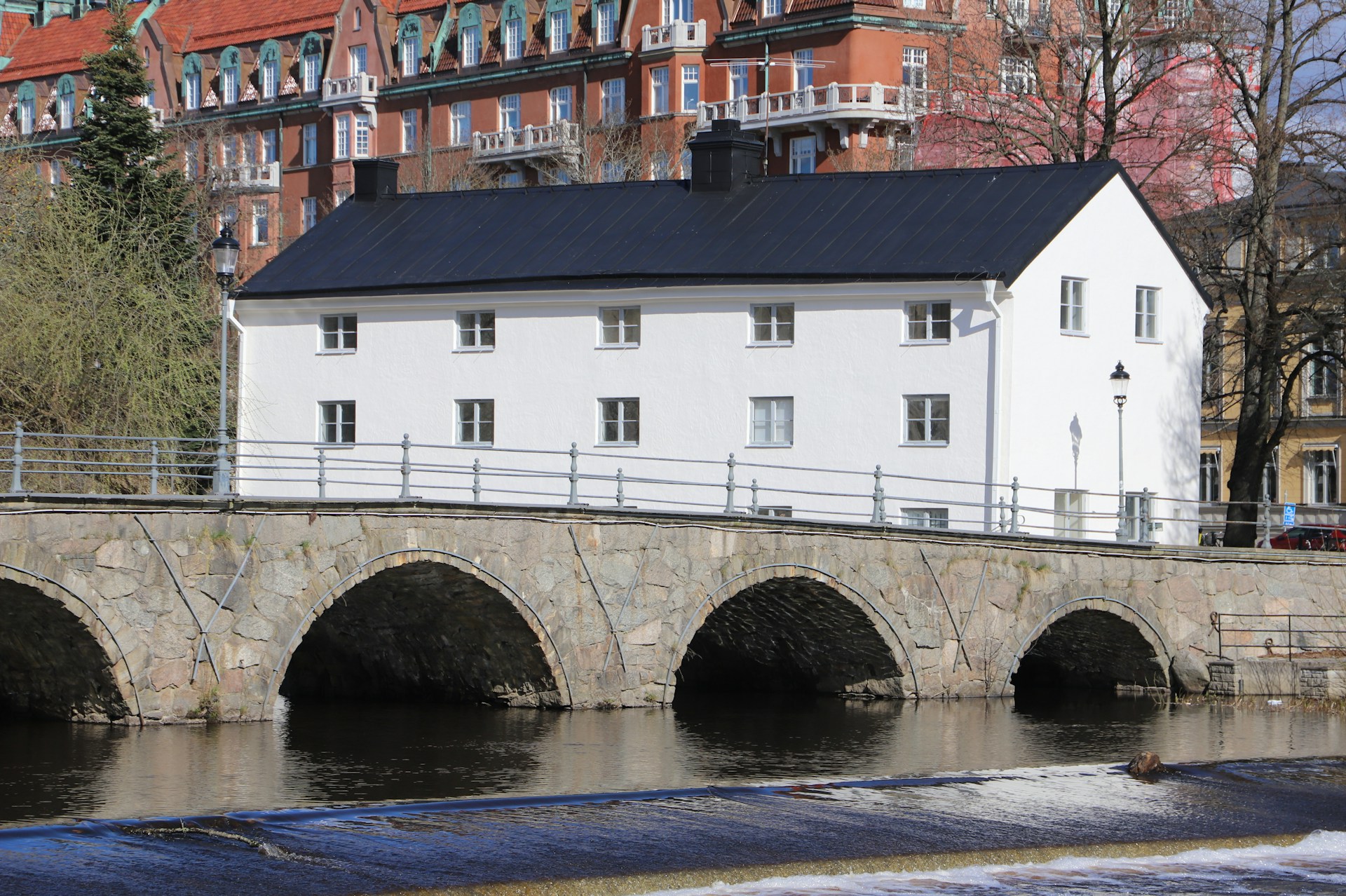Sweden’s Public Housing and Rent Control Strategy:
This Case-in-Point explores Sweden’s public housing and rental strategies.
In the last century, Sweden has been challenged with housing shortages and affordability.
To respond to this, Sweden launched the Million Houses Policy.
The goal of the Sweden’s public housing policy was to build large quantities of universally available public housing units throughout the country.
Despite the efforts undertaken by Sweden’s administration to provide affordable dwellings, the housing shortage in the country continues.
This has consequently led to numerous social and economic challenges within their large urban centers.
To improve upon these challenges, Sweden has recently reinvested in its public housing stock and established new government initiatives to emphasize community building and good urban and architectural design.
City populations around the world are forecasted to increase dramatically within the next century.
In most European cities, by 2045, an increase of 18.8 million inhabitants is expected (Eurostat, 2017).
In Canada, by 2068, an increase of 33.1 million inhabitants is expected (Statistics Canada, 2015).
These shifts in population, for many cities around the world, especially megacities like New York and Barcelona, have prompted housing crises.

While many see housing supply as a condition of market forces, planners, developers, and city officials envision cities playing a more proactive role in developing strategies to support housing access and affordability.
Many municipalities are developing proactive strategies to accommodate people of various incomes and circumstances.
These strategies for Sweden’s public housing might include significant regulatory and policy changes, increasing government subsidies and incentive packages for development, and providing public land for affordable housing.
In Europe, cities have established price control and affordable housing policies to protect against the increasing housing prices caused by the growing market demands linked to population growth, the commodification of housing, and the presence of companies like Airbnb (Wetzstein, 2017).
Maintaining the affordability of housing helps provide housing for medium to lower-income and at-risk demographic groups.
This Case-in-Point explores Sweden’s public housing long-lasting rental and affordable policies and strategies.
Over the last century, Sweden has been actively trying to address its housing shortages and challenges throughout the country.
Today, many believe the country is dealing with a significant housing crisis within the majority of its municipalities (Baeten et al., 2017 (Danell & Olausson, 2016)(Hananel et al., 2018)(Nylander, 2014).
Of the various municipalities, it appears the housing shortage is primarily evident in the metropolitan cities, particularly in their nation’s capital, Stockholm (Danell & Olausson, 2016).
As Canadian cities are expected to see large demographic shifts over the next few decades, a review of best practices for public housing might help inform our future public housing policies and strategies.
What lessons can Canadian cities learn from Stockholm’s public housing and rent control strategies?
This Case-in-Point looks to answer four questions under Sweden’s public housing policy:
1) to what extent has Sweden’s public housing and rent control system been a success in meeting their needs or housing goals;
2) what are the possible strengths of their public housing and rent control system;
3) what are the foreseen and unforeseen conflicts that arose amid as well as after the implementation of the public housing and rent control strategies; and
4) what are the current housing strategies proposed to improve the current housing challenges in Stockholm?
The Kingdom of Sweden is located in northern Europe. Throughout Europe, Sweden is viewed as the model of a democratic welfare state.
Concerning its size, Sweden is the thirteenth largest country in the European Union with 10.34 million inhabitants (“Statistics Sweden,” 2020).
Of their entire population, nearly 85 percent of their inhabitants live in urban areas, most notably within their capital, Stockholm.
Stockholm is by far Sweden’s largest city, with 2.35 million people in the greater metropolitan area, and just under a million inhabitants (974,073) within the city limits (“Statistics Sweden,” 2020).
The city is built upon numerous islands as well as parts of the mainland along the Baltic Sea, opposite the Gulf of Finland.
Also read: Life Cycle Cost Analysis of a Single-Family House in Sweden

